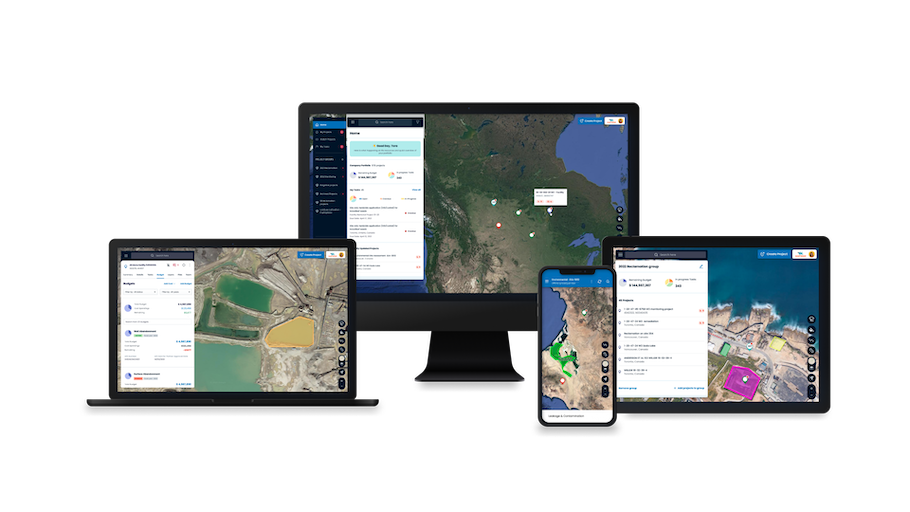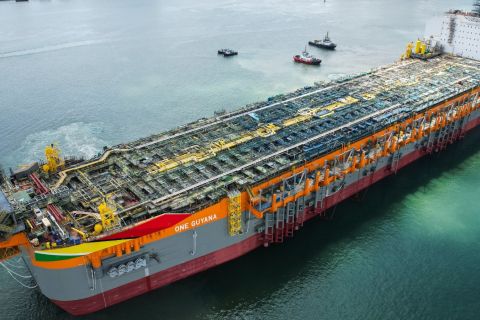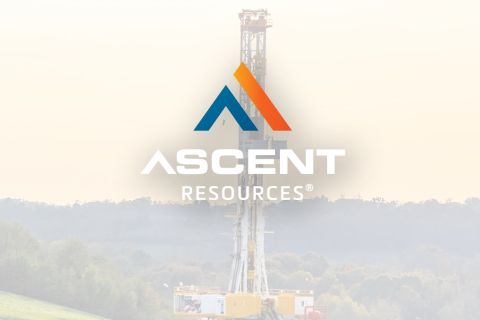
Presented by:

Editor's note: This "Tech Trends" section appears in the new E&P newsletter. This weekly section highlights the latest upstream technologies and services for the oil and gas industry. The copy herein is compiled from press releases and product announcements from service companies and does not reflect the opinions of Hart Energy. Submit your company’s updates related to new technology products and services to Ariana Hurtado at ahurtado@hartenergy.com.Subscribe to the E&P newsletter here.

TGS, Earth Science Analytics collaboration to expand seismic and well data offerings through AI
TGS has announced a collaboration agreement with analysis and machine learning company Earth Science Analytics to share expertise and promote further innovation in data-driven geoscience. This partnership has already delivered insight through a range of derivative datasets for the TGS Utsira ocean-bottom node (OBN) survey, created through artificial intelligence (AI) analysis. This project is the first example of AI geological interpretation on a large-scale, densely sampled OBN exploration dataset covering over 1,500 sq km. The objective was to deliver an entirely new suite of derivative seismic products to provide enhanced exploration insights through AI, especially in areas where infrastructure-led exploration is drawing increased focus from the E&P industry. With human training, ground truth well data anchoring and blind testing, the combination of high-fidelity seismic with AI technology provides reassuringly accurate predictions. As a cloud-native application, this partnership sees Earth Science Analytics’ EarthNet software installed into TGS’ cloud environment to create high-value derivates from the world’s largest library of subsurface data. The properties produced from seismic and well data analysis include porosity, lithology and water saturation, in addition to seismic interpretations of faults and geobodies, such as injectites, to an exceptionally high degree of confidence. These outputs will be accessible to purchase and later to access in a data room environment as a means for operators to maximize their potential findings and profits, minimize risk and support the best possible decision-making.

APT releases production allocation tool to cut shale oil drilling costs
International oil services group Applied Petroleum Technology (APT) has released its APT Allomon, a methodology developed to facilitate production well optimization by identifying more effective drainage patterns and thereby maximizing production from shale oil fields. The APT Allomon methodology analyzes produced fluid compositions to understand the variations in production contributions from individual wells and reservoir compartments. Understanding the local variations in well and reservoir performance is essential for efficient well planning and production optimization. APT Allomon is utilized for both production monitoring and production allocation in shale oil fields. Production monitoring constitutes analysis of a time series of production fluids from the same source (pipeline, field, reservoir or well) and interpretation of the resulting data to look for changes in fluid chemistry caused by production-related processes or source contribution variation over time. Production allocation is the determination of the amount or portion of a commingled fluid to be assigned to two or more individual fluid sources (pipeline, field, reservoir or well) at a particular moment in time based on the fluid chemistry. APT only requires produced fluid, cuttings or core samples. This means that added costs by deploying APT Allomon are lower than alternatives such as wireline or tracer technologies. APT Allomon has built in flexibility allowing it to be deployed successfully in both unconventional shale plays and conventional systems.
Ace Oil Tools clamp designed to improve safety in offshore operations
Ace Oil Tools has released its new Ace Control Line Clamp (ACLC) to the well construction market. The ACLC has been designed to improve safety in offshore operations by enabling automation during the installation of control line clamps. Its design ensures the ACLC semi-automates the control line process, reducing the need for workers in the red zone by 50%, and it reduces the time spent in the red zone by 30%. Delivering a high-axial and radial holding force of more than 40 tonnes, its design makes it deployable on any current rig. The ACLC is partly pre-installed on the tubing. When running in hole, the retention lid is placed in the installation tool to catch the control line when the tool moves toward the tubing. The pre-installed parts of the ACLC can be fitted onshore or on the pipe deck, and it is based upon the Ace Ratchet Collar, a stop collar that provides a safer and reliable solution to traditional methods and a cost-effective alternative to centralizer subs. Ace are also designing a fully automated installation version for the ACLC that will eliminate overhead hazards and personnel in the red zone and therefore meet the rig requirements of the future.

Recommended Reading
Halliburton’s Low-key M&A Strategy Remains Unchanged
2024-04-23 - Halliburton CEO Jeff Miller says expected organic growth generates more shareholder value than following consolidation trends, such as chief rival SLB’s plans to buy ChampionX.
Deepwater Roundup 2024: Americas
2024-04-23 - The final part of Hart Energy E&P’s Deepwater Roundup focuses on projects coming online in the Americas from 2023 until the end of the decade.
Ohio Utica’s Ascent Resources Credit Rep Rises on Production, Cash Flow
2024-04-23 - Ascent Resources received a positive outlook from Fitch Ratings as the company has grown into Ohio’s No. 1 gas and No. 2 Utica oil producer, according to state data.
E&P Highlights: April 22, 2024
2024-04-22 - Here’s a roundup of the latest E&P headlines, including a standardization MoU and new contract awards.
Technip Energies Wins Marsa LNG Contract
2024-04-22 - Technip Energies contract, which will will cover the EPC of a natural gas liquefaction train for TotalEnergies, is valued between $532 million and $1.1 billion.





